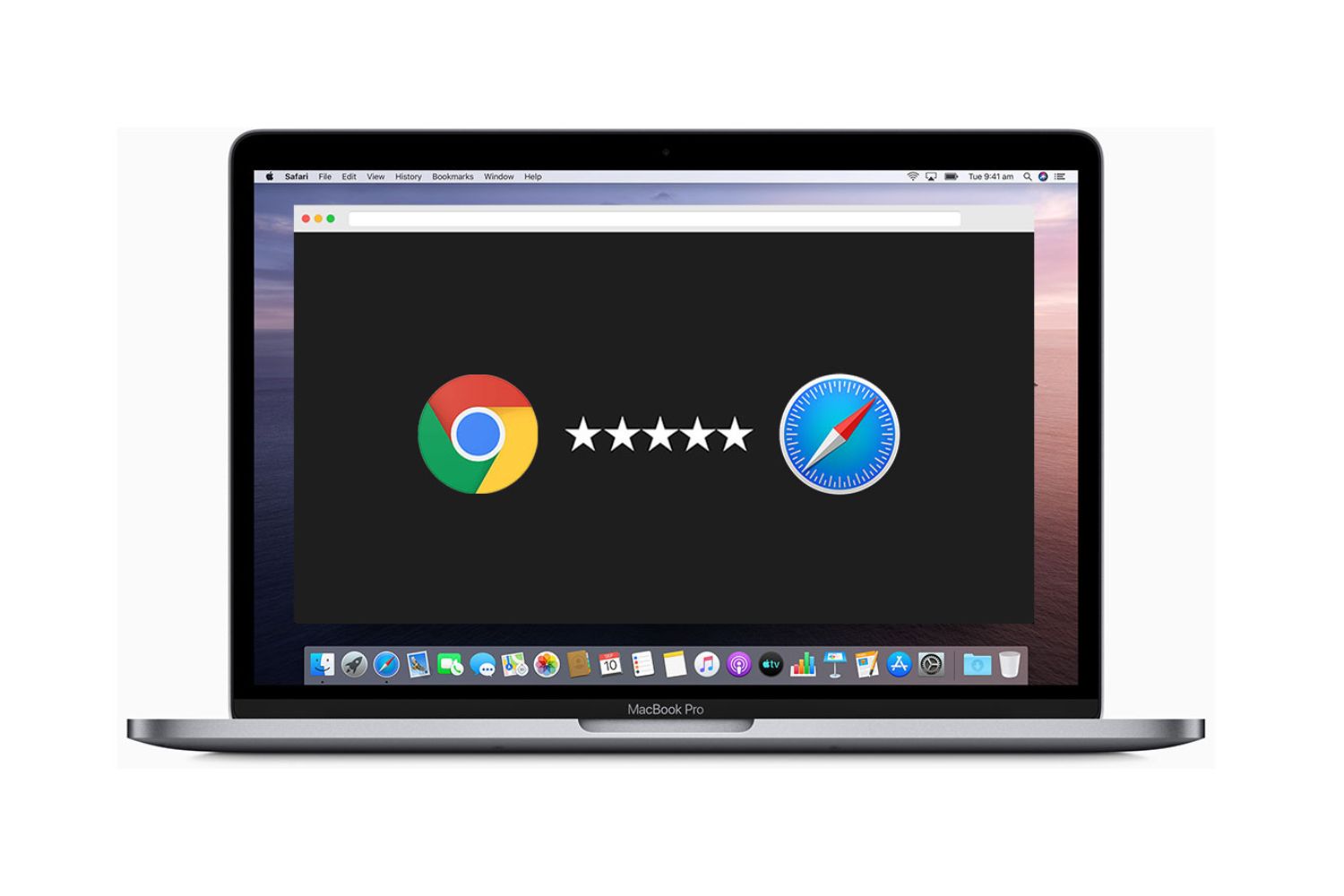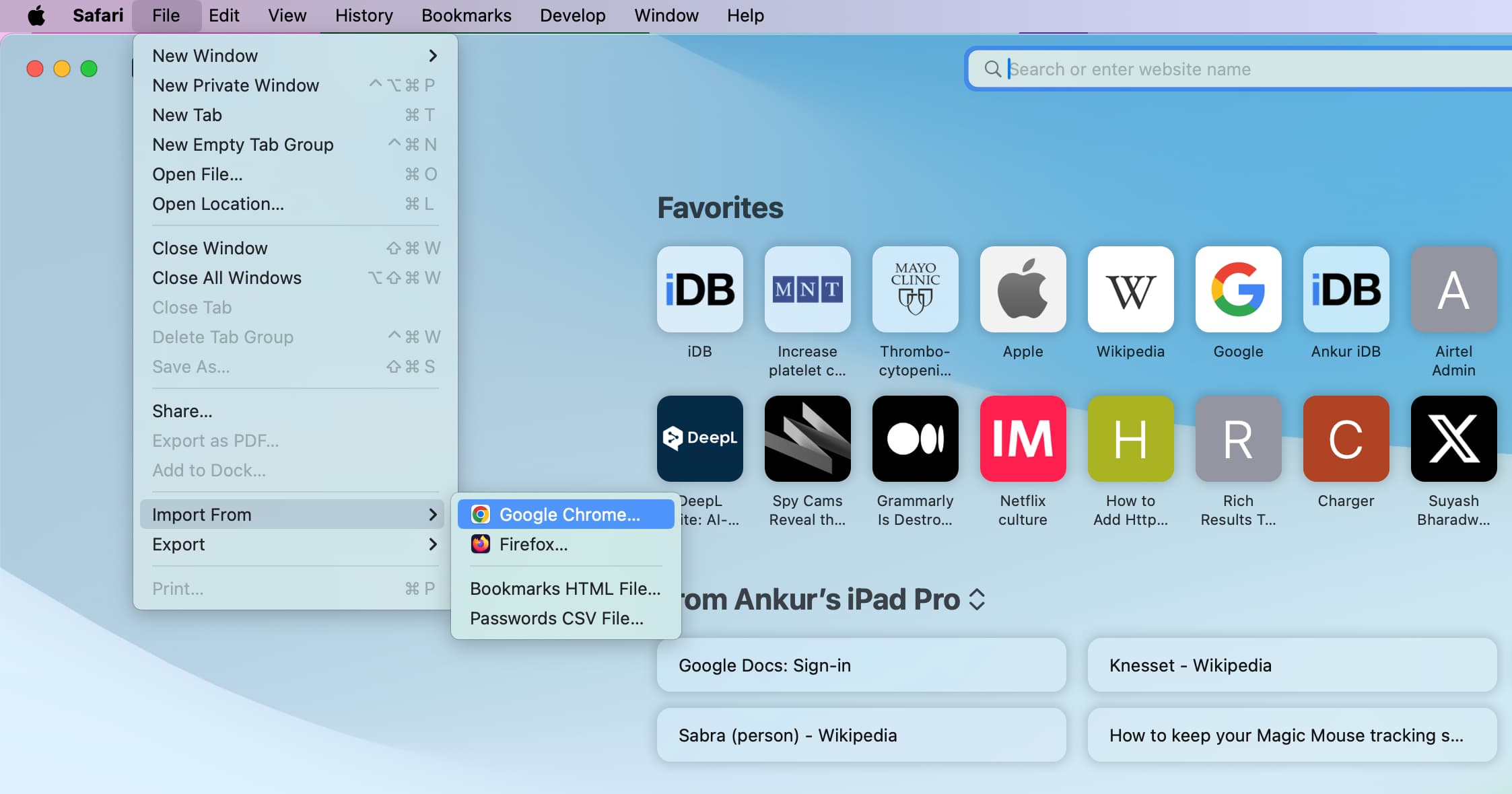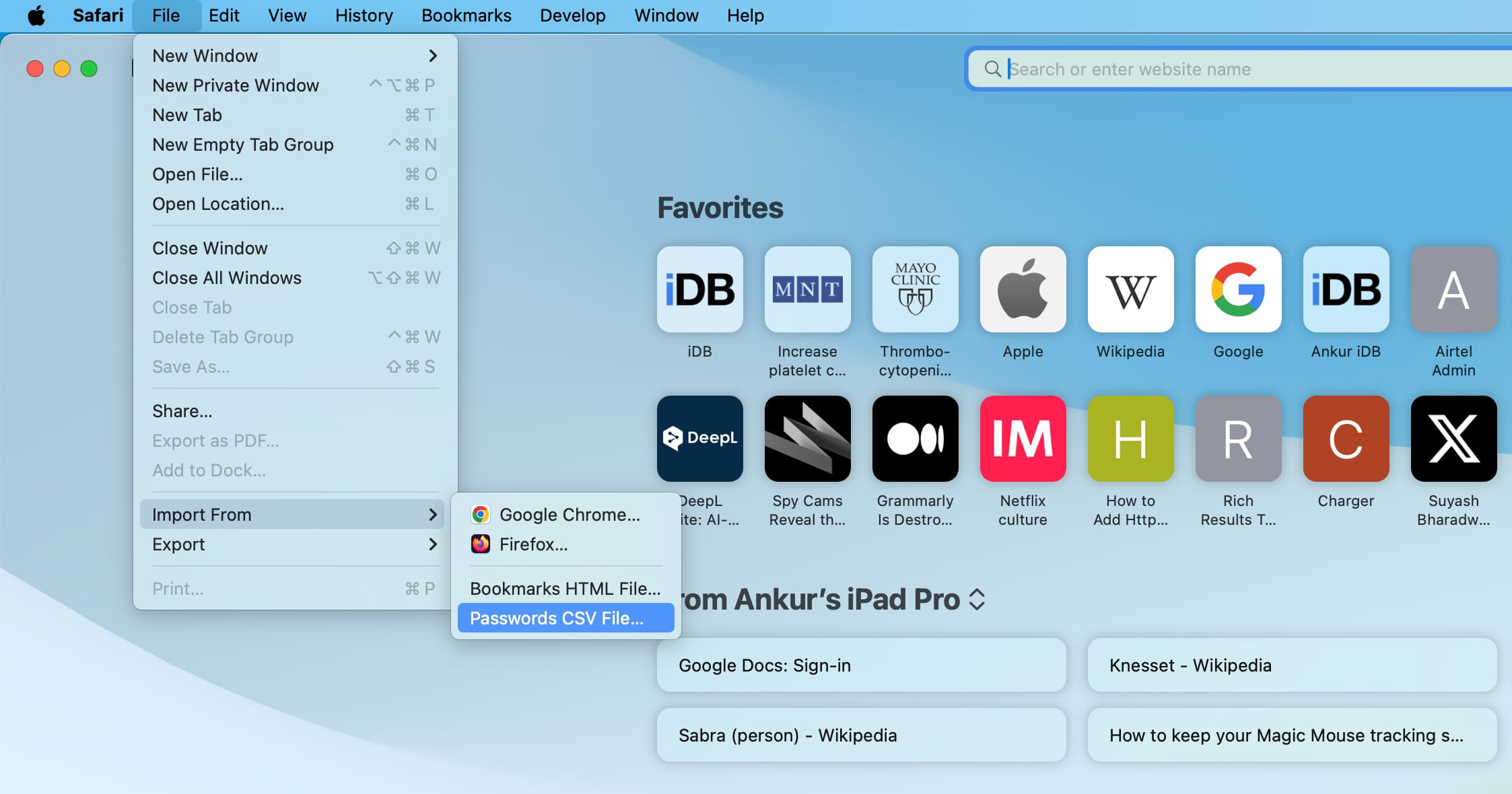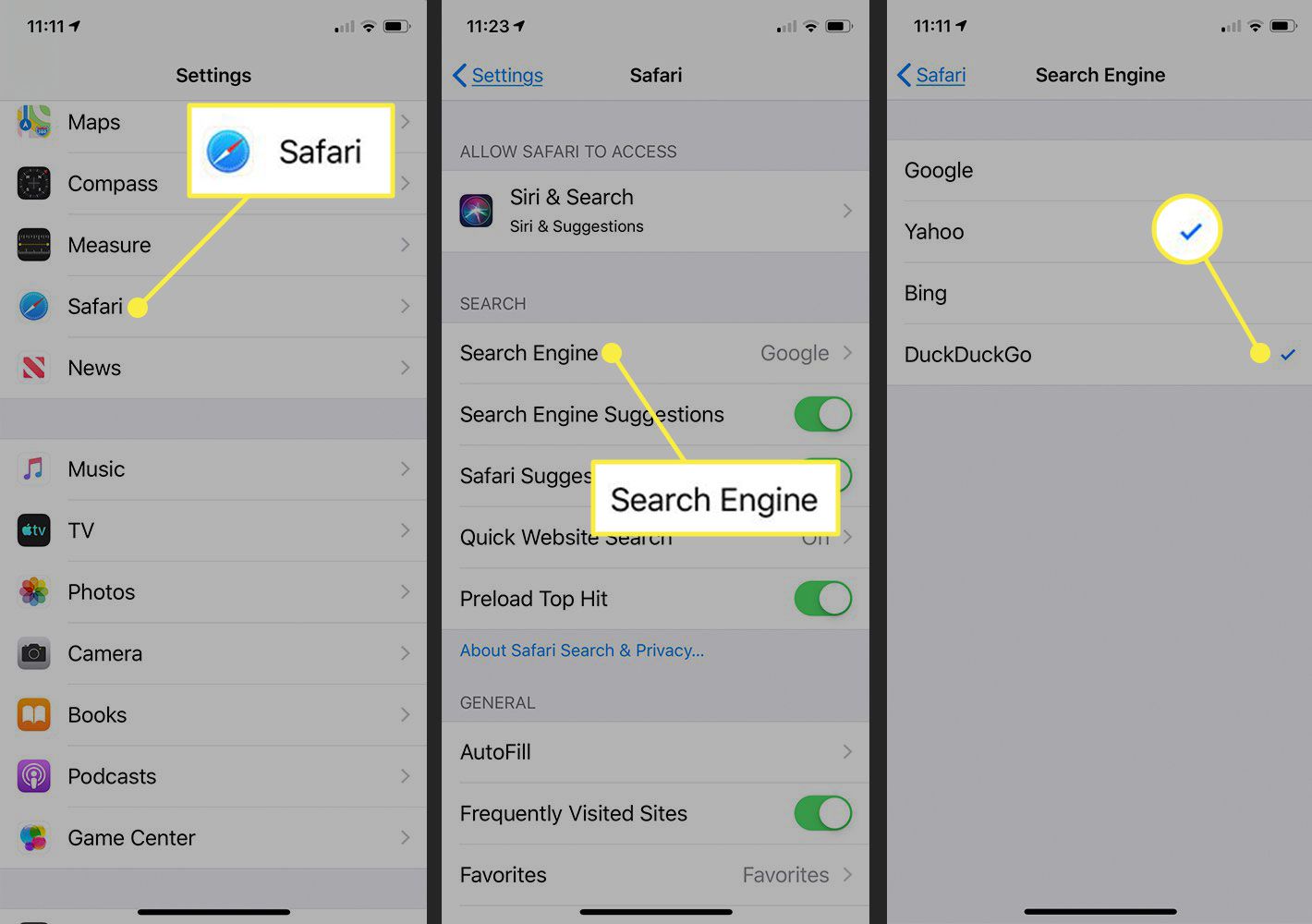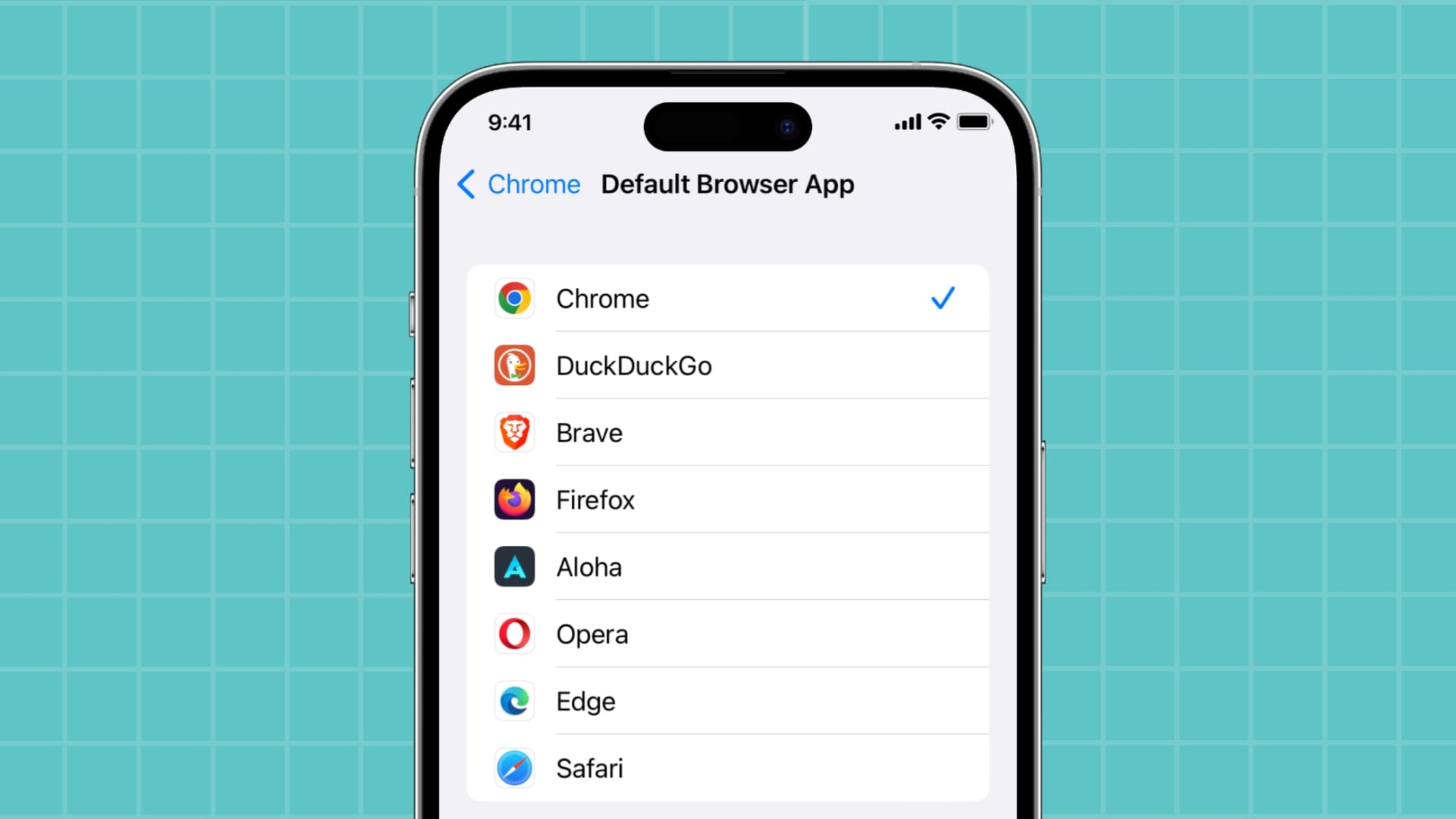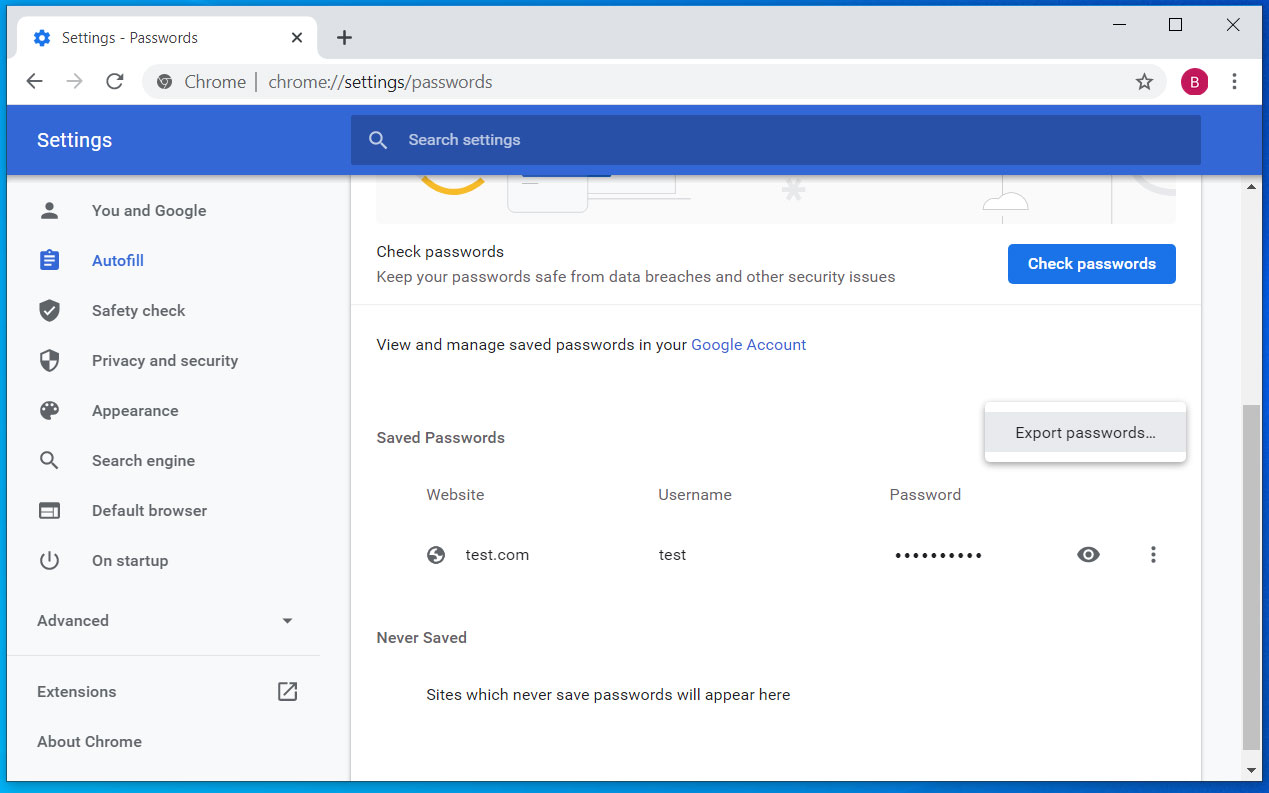Introduction
Are you making the switch from Safari to Chrome and wondering how to seamlessly transfer your saved passwords? Look no further! This comprehensive guide will walk you through the process, ensuring that your valuable login credentials are securely migrated to Chrome. With just a few simple steps, you can bid farewell to the hassle of manually re-entering each password and embrace the convenience of having all your credentials readily available in your new browser.
Whether you're transitioning to Chrome for its robust features, enhanced performance, or seamless integration with other Google services, the last thing you want is to lose access to your essential passwords. Fortunately, the process of transferring your passwords from Safari to Chrome is straightforward and can be completed in a matter of minutes. By following the steps outlined in this guide, you can ensure a smooth transition without compromising the security of your sensitive information.
So, if you're ready to embark on this seamless migration journey, let's dive into the first step: exporting your passwords from Safari. This initial phase is crucial in ensuring that all your login credentials are neatly packaged and ready for transfer to Chrome. Once this step is completed, you'll be well on your way to enjoying a seamless browsing experience on Chrome, complete with all your essential passwords at your fingertips.
Without further ado, let's delve into the step-by-step process of exporting your passwords from Safari and seamlessly importing them into Chrome. Get ready to bid farewell to the hassle of manual password entry and embrace the convenience of a smooth transition between browsers!
Step 1: Exporting Passwords from Safari
Transferring your saved passwords from Safari to Chrome is a seamless process that begins with exporting your credentials from Safari. This step is essential for consolidating all your login information into a format that can be easily imported into Chrome. Here's how to export your passwords from Safari in just a few simple steps:
-
Open Safari Preferences: Launch Safari on your Mac and navigate to the "Safari" menu located in the top-left corner of the screen. From the dropdown menu, select "Preferences" to access the browser's settings.
-
Access the Passwords Tab: Within the Preferences window, click on the "Passwords" tab. You may be prompted to authenticate using your system password or Touch ID to access the saved passwords.
-
Select Passwords for Export: In the Passwords tab, you will see a list of all the websites and corresponding usernames for which Safari has saved passwords. To proceed with exporting, select the passwords that you intend to transfer to Chrome. You can hold down the "Command" key while clicking to select multiple entries.
-
Export Selected Passwords: With the desired passwords selected, click on the "Export…" button located at the bottom of the Passwords tab. Safari will prompt you to choose a destination and specify a name for the exported file. Select a convenient location on your Mac and provide a recognizable name for the file, ensuring that it is easily identifiable during the import process.
-
Choose File Format: After specifying the file name and destination, Safari will prompt you to select a file format for the exported passwords. For compatibility with Chrome, it is recommended to choose the "CSV" (Comma Separated Values) format. This format ensures that the passwords are stored in a universally recognized structure that can be seamlessly imported into Chrome.
-
Save the Exported File: Once you have selected the CSV format, click "Save" to export the selected passwords to the specified location on your Mac. Safari will generate a CSV file containing the login credentials for the selected websites.
By following these straightforward steps, you have successfully exported your passwords from Safari in a format that is compatible with Chrome. With the CSV file in hand, you are now ready to proceed to the next step: importing your passwords into Chrome. This pivotal phase will enable you to seamlessly transition your valuable login credentials to your new browser, ensuring that you can access them effortlessly whenever needed.
Step 2: Importing Passwords to Chrome
With the CSV file containing your exported passwords from Safari at your disposal, the next crucial step is to import these credentials into Chrome. This seamless process ensures that all your valuable login information is seamlessly integrated into your new browser, ready to be accessed whenever needed. Here's a detailed guide on how to import your passwords from Safari to Chrome:
-
Open Chrome Settings: Launch Google Chrome on your Mac and click on the three-dot menu icon located in the top-right corner of the browser window. From the dropdown menu, select "Settings" to access the browser's configuration options.
-
Access the Passwords Section: Within the Settings menu, scroll down and click on "Passwords" under the "Autofill" section. This will take you to the Passwords settings, where you can manage and import your saved credentials.
-
Import Passwords: In the Passwords settings, locate the "Import" option, usually represented by a button or link. Click on "Import" to initiate the process of importing passwords from an external file.
-
Select the CSV File: Upon clicking "Import," Chrome will prompt you to select the CSV file containing your exported passwords from Safari. Navigate to the location where the CSV file is saved on your Mac and select it for import.
-
Confirm Import: After selecting the CSV file, Chrome will display a confirmation dialog, indicating the number of passwords found in the file. Review this information to ensure that all the intended passwords are included for import.
-
Initiate Import: Once you have confirmed the import details, proceed by clicking the "Import" button within the confirmation dialog. Chrome will then process the CSV file and import the saved passwords into its password manager.
-
Verification and Organization: After the import process is completed, take a moment to verify that all the passwords have been successfully imported into Chrome. You can navigate to the "Saved Passwords" section within the Passwords settings to review the list of imported credentials.
By following these straightforward steps, you have seamlessly imported your passwords from Safari into Chrome, ensuring that all your essential login information is readily available within your new browser. With this process completed, you can now enjoy the convenience of accessing your saved passwords in Chrome, eliminating the need for manual entry and streamlining your browsing experience.
This seamless transition ensures that your valuable login credentials remain secure and easily accessible, allowing you to make the most of Chrome's robust features and seamless integration with other Google services. Embrace the convenience of having all your passwords at your fingertips as you navigate the digital landscape with Chrome.
Conclusion
In conclusion, the seamless transfer of passwords from Safari to Chrome marks the successful transition to a new browsing experience without the inconvenience of re-entering login credentials. By following the step-by-step process outlined in this guide, you have ensured that your valuable passwords are securely migrated to Chrome, ready to be accessed whenever needed.
The process began with exporting passwords from Safari, a crucial step that involved accessing the browser's preferences, selecting the desired passwords, and exporting them in a universally recognized CSV format. This initial phase laid the foundation for the smooth importation of passwords into Chrome, ensuring that no essential login credentials were left behind.
The subsequent step involved importing the exported passwords into Chrome, seamlessly integrating them into the browser's password manager. This streamlined process, facilitated through Chrome's settings, allowed for the effortless transfer of all saved passwords, eliminating the need for manual entry and ensuring a seamless browsing experience.
With the successful importation of passwords into Chrome, you can now enjoy the convenience of accessing your saved credentials across various websites without the hassle of remembering or entering each password individually. This transition not only saves time but also enhances security by centralizing and managing your passwords within Chrome's secure environment.
As you embrace the enhanced features and performance of Chrome, coupled with its seamless integration with other Google services, the availability of your passwords within the browser's ecosystem adds a layer of convenience to your digital interactions. Whether it's accessing email, social media accounts, or online banking, having your passwords readily available in Chrome streamlines your online activities.
Furthermore, the migration process ensures that your sensitive information remains secure throughout the transition, maintaining the integrity of your login credentials. By consolidating your passwords within Chrome's password manager, you can rest assured that your valuable data is protected within a trusted and robust environment.
In essence, the seamless transfer of passwords from Safari to Chrome not only simplifies your browsing experience but also exemplifies the adaptability and convenience offered by modern browsers. With your passwords securely transferred, you can now navigate the digital landscape with confidence, knowing that your essential login credentials are just a few clicks away within Chrome.
So, as you embark on this new chapter of browsing with Chrome, may the seamless transfer of your passwords serve as a testament to the convenience and security that modern browsers offer, ensuring a smooth and secure transition as you explore the boundless opportunities of the digital world.









